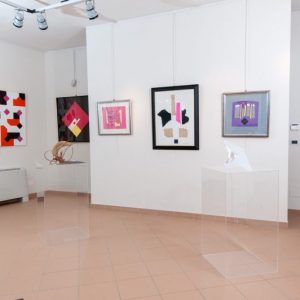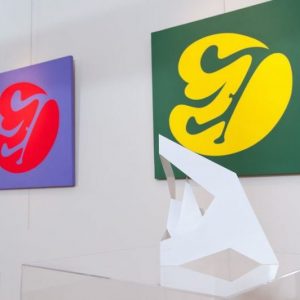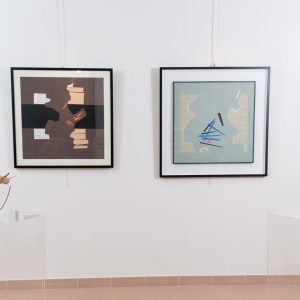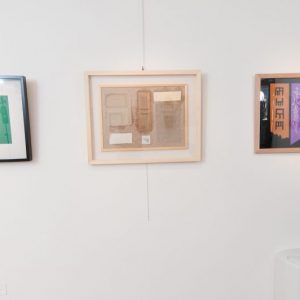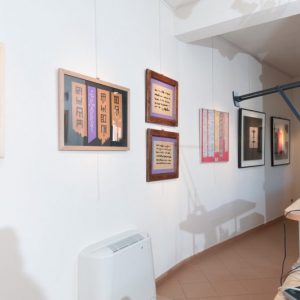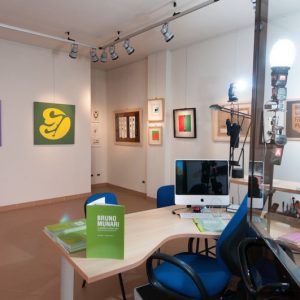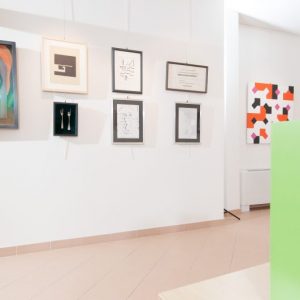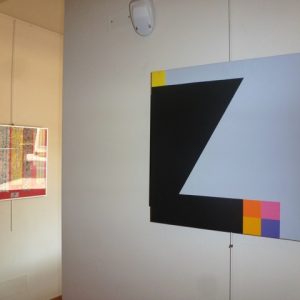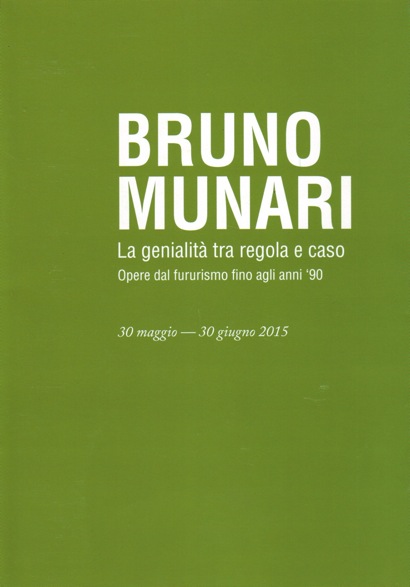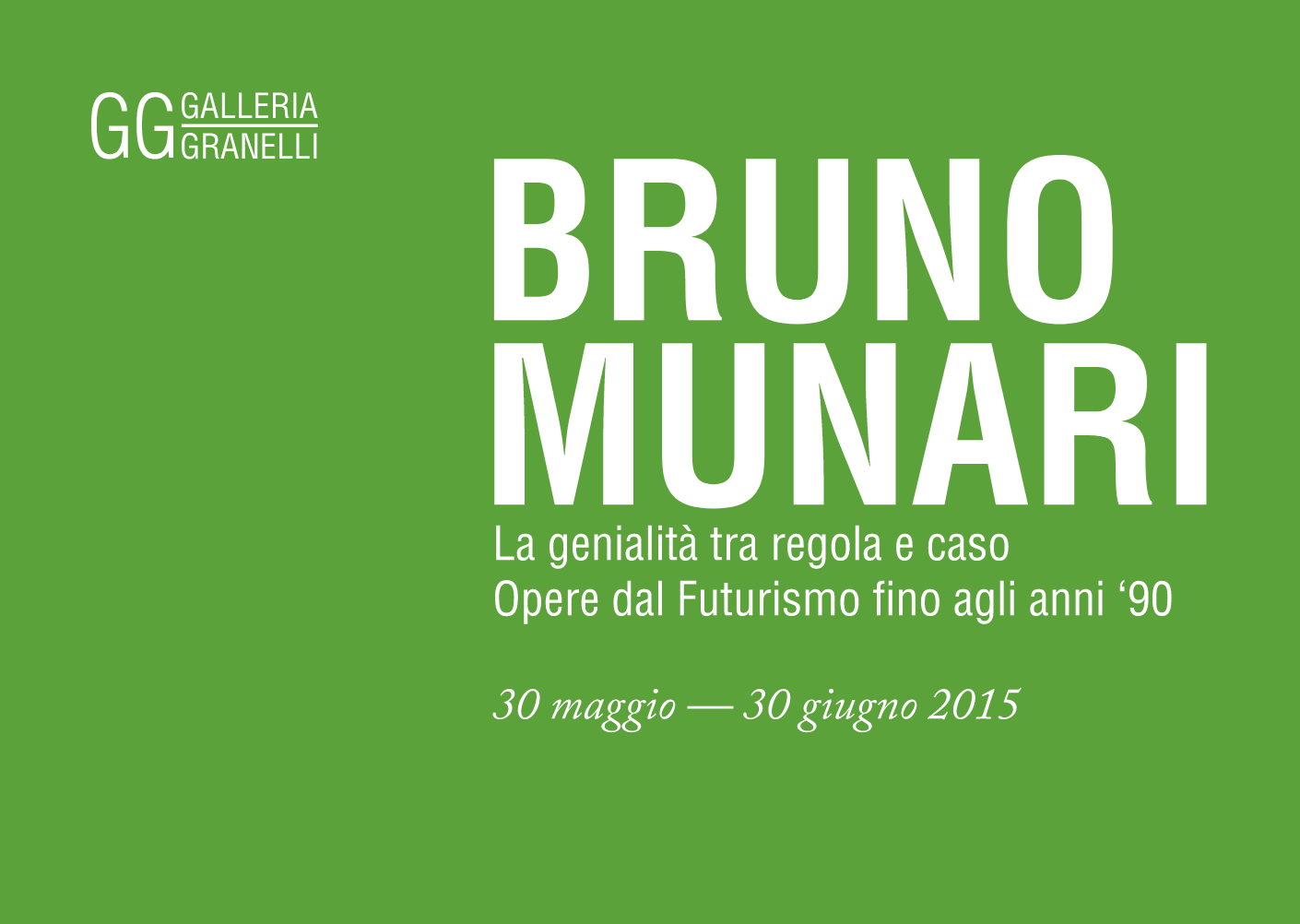
La genialità tra regola e caso
30 May 8 August 2015
Galleria Granelli, with the exhibition “Bruno Munari – The genius between rule and chance”, presents 36 precious unique works that trace the artist’s historical journey starting from Futurism until the 90s
Galleria Granelli, with the exhibition “Bruno Munari – The genius between rule and chance”, presents 36 precious unique works that retrace the historical journey of the artist starting from Futurism until the ’90s “What triggers the spark I think it is in many respects randomness because when randomness meets culture then new things can be born both in science and in art. […]
The case is therefore a condition in many respects indispensable because it is out of logic. With logic, and therefore with technology, you can try something that is already thought to be there, while with intuition, imagination and creativity, thanks also to this randomness that the Orientals call Zen, there is it is a contact with different reality that allows us to discover other qualities that do not lead to a practical but cognitive result “Bruno Munari
In equilibrium between rule and case Munari observes that compositional repetition, lacking in originality and fantasy, can lead painting, of constructivist and concretist formation, towards a dead-end street, in a blind alley. For this reason he never hardens on the theoretical positions of a pure abstractionism, on the contrary, he is concerned with exploiting the randomness that, similarly to what happens in nature, is used to demolish a sometimes too rational rigor. The historian Enrico Crispolti reminds us of Munari’s innermost aims: “I want to go and see what lies beyond abstract art, do not believe that these experiences can be overcome by going back”.
Munari summarizes in a slogan – the rule and the case – the formula necessary to remove abstract art from an algorithmic rigor that induces many artists, even many of the traveling companions of the Concrete Art Movement, to repeat themselves with paintings destined to a useless decorativism . Munari frequently uses the dual scheme of contrast between opposites. He uses this paradox even in the very name of the works: think of the negatives / positives, concave / convex, books / illegible, xero-copies / originals, machines / useless or arrhythmic.
The idea is actually very simple, it arises from the theoretical understanding that only from the balance between the random event – or in other intellectual contexts, from the stimulus of the imagination – and the programming – the rationality of thought – can the maximum of expressiveness, through a dynamism of opposing forces that is perhaps the most important constant in the entire work of the author, since the time of his belonging to the futurist movement. [from the catalog text by Luca Zaffarano]
The one born in Milan in 1907
That of the useless machines of the 1930s
That of the new children’s books of 1945 reprinted even today in various languages
That of the Hour X (that of multiples) of 1945
That of the illegible writings of unknown peoples, 1947
That of the illegible books of 1949
That of the negative-positive paintings of 1950
The mechanical arrhythmias of 1951
That of the 1952 polarized light projections
That of the fountains and water games of 1954
That of theoretical reconstructions of imaginary objects based on fragments of residues of uncertain origin and doubtful use, 1956
That of the talking forks of 1958
That of design
That of the 1958 travel sculptures
That of the fossils of two thousand, 1959
That of continuous structures, 1961
That of the original xerographies of 1964
That of the ancestors, 1966
That of the 1968 flexy
That of Einaudi editorial graphics
The passenger compartment of 1971
That of the Danish educational games
That of tactile messages for the blind of 1976
That of bonsai
That of the children’s workshops in the 1977 museum and of all the other laboratories in other countries
That of roses in the salad
That of the knitted lamp
The oil on canvas of 1980
That of High Voltage
That of rotating colors
That of the design course at Harvard University USA in 1967
The one awarded with the gold compass, with an honorable mention from the Academy of Sciences of New York and the one awarded by the Japan Design Foundation “for the intense human value of its design


